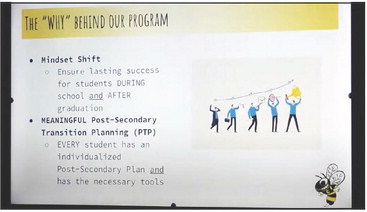Transition program promotes student success


Cadott School Board
The high school transition program was spotlighted during a Cadott School Board meeting Dec. 19, where board memb...


Cadott School Board
The high school transition program was spotlighted during a Cadott School Board meeting Dec. 19, where board memb...